The way we grow food has changed significantly over the years, even for home gardeners. We are paying more attention to what we grow and how that impacts the environment around us. If you’re looking for a unique way to grow produce that is both low-maintenance and environmentally friendly, food forests are the answer.
Establishing a food forest is not a simple weekend project. But these mini ecosystems can deliver masses of produce each year with little to no attention once established, making the startup work well worth the effort.
What is a Food Forest?
The term ‘food forest’ seems quite self-explanatory, but there is more to the concept than meets the eye.
In short, food forests are sustainable, edible ecosystems designed to match the diversity and balance of a natural forest. That is easier said than done, as the balance and functions of a forest evolve over decades or centuries – time we don’t have in our backyards. But with a bit of knowledge, we can create a productive ecosystem designed to deliver an abundance of food without much intervention.
The concept of food forests starts with Robert Hart, an important figure in permaculture. Passionate about growing his own produce, largely following a raw food diet, he struggled with the labor-intensive nature of traditional farming. So instead, Hart – inspired by his commitment to health, wellness, and sustainability – started the first modern food forest on his farm in the 1980s.
With this experiment (and now proof of concept), he hoped to combine ‘positive gardening and positive health.’
Food forests are designed to emulate the layered complexity and self-sustaining nature of wild forests but with predominantly edible plants. Plants are arranged in layers, from tall trees to the ground cover, with each layer having its own role and a different group of edible plants to choose from. This layered approach is what ensures the ‘garden’ largely takes care of itself once it’s established.
One of the major benefits of food forests is that they’re designed to need less work from us. There is more planning and time investment up front, but once you get the balance right, you can harvest from your garden year after year with little attention. Unlike traditional vegetable gardens that require frequent weeding, watering, and feeding, food forests are meant to grow naturally.
The Benefits of Food Forests
Building a food forest or a permaculture garden is not a small undertaking. Many gardeners wonder if it’s worth the investment and time it takes to get it right. But like any investment, the rewards you receive at the end are amazing.
Big Yield in a Small Space
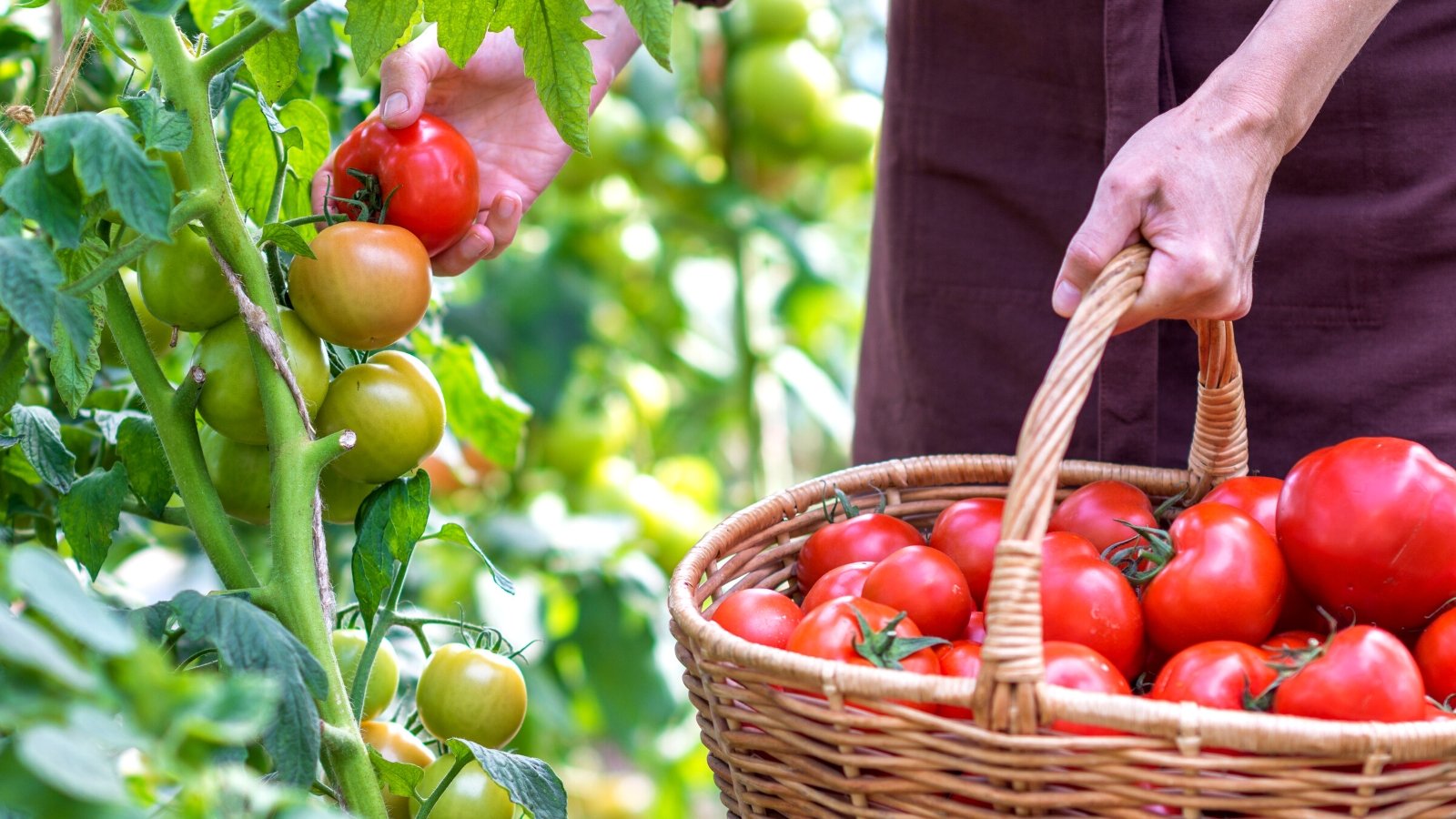

Food forests can produce an impressive amount of produce in a small area. Thanks to their layered design, you can grow a wide variety of foods close together, ensuring diversity in both your garden and your diet. Things like row spacing and crop rotation are much less of a concern once the forest you’ve designed becomes balanced.
Lower Maintenance
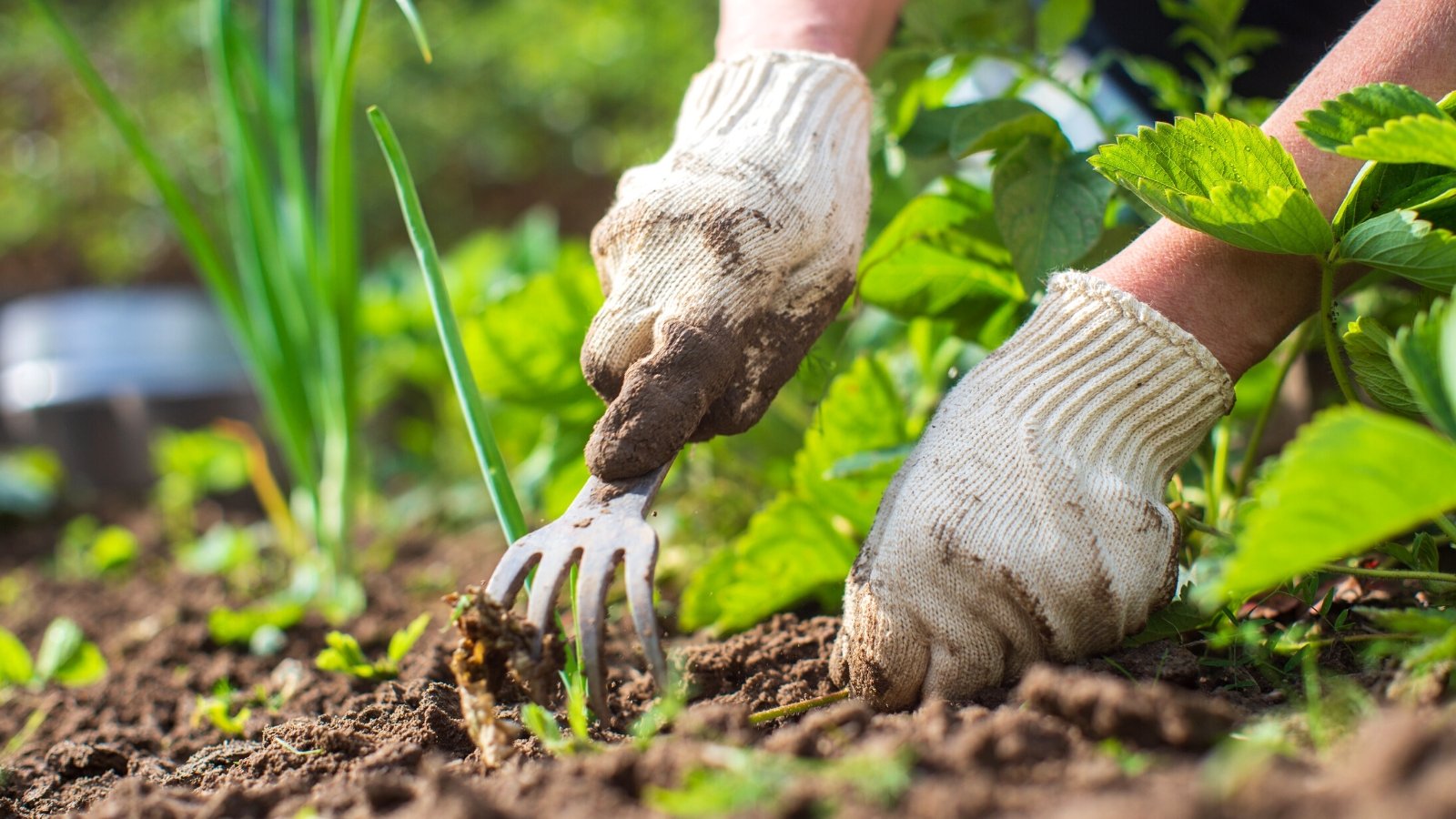

After the initial setup (which admittedly takes a few years), food forests require surprisingly little work. The goal of a balanced and ‘natural’ food forest is that once the right ecosystem is achieved, the forest starts to take care of itself.
This means far less weeding, watering, and general upkeep while still delivering plenty of produce for harvesting.
Environmental Benefit


Food forests are not just good for us. They’re good for the planet, too. The methods used to build and maintain a food forest contribute to better soil health and a more diverse ecosystem, making your garden far more sustainable in the long run. They also improve air quality and provide a home for local wildlife in your area, especially when native edibles are planted.
Improving Soil
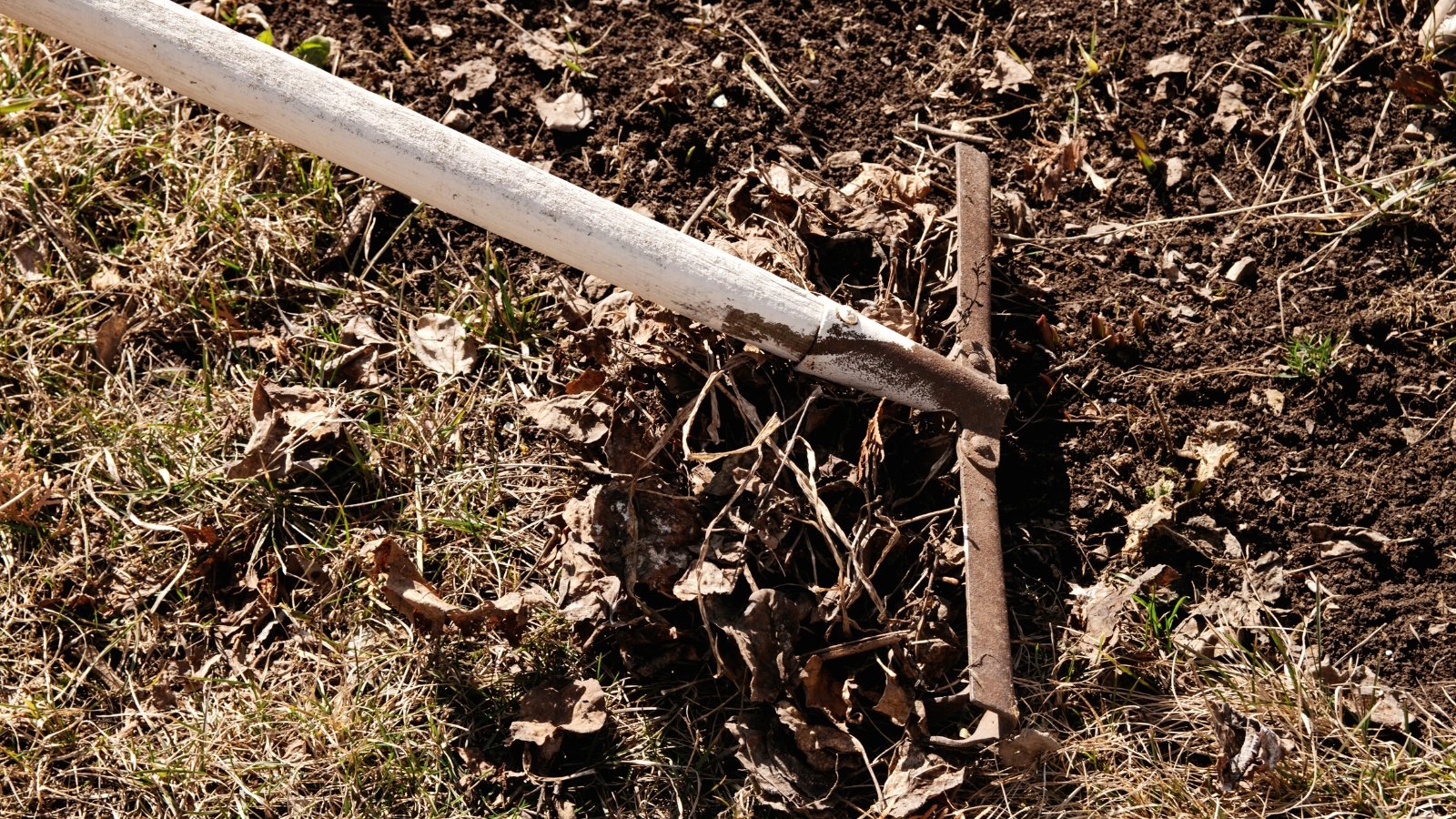

Few gardeners I’ve met get excited about soil health. But for those that do, you’ll love food forests. Some traditional gardening practices can take a toll on the soil, requiring upkeep from us over time to boost health.
But food forests work naturally to restore and maintain the soil, as you would find in natural forest floors known for having rich, healthy soil. Organic matter like fallen leaves and branches keeps the soil fertile and full of life.
Health


Growing your own produce is widely known to improve health, particularly when you’re growing a diverse range of foods as you would in a food forest. But the health benefits go beyond the kitchen, too.
Physical exercise is one component, particularly in the early years of forest gardening. Walking among your trees and plants can also lower stress and improve mood, boosting mental health.
Aesthetics
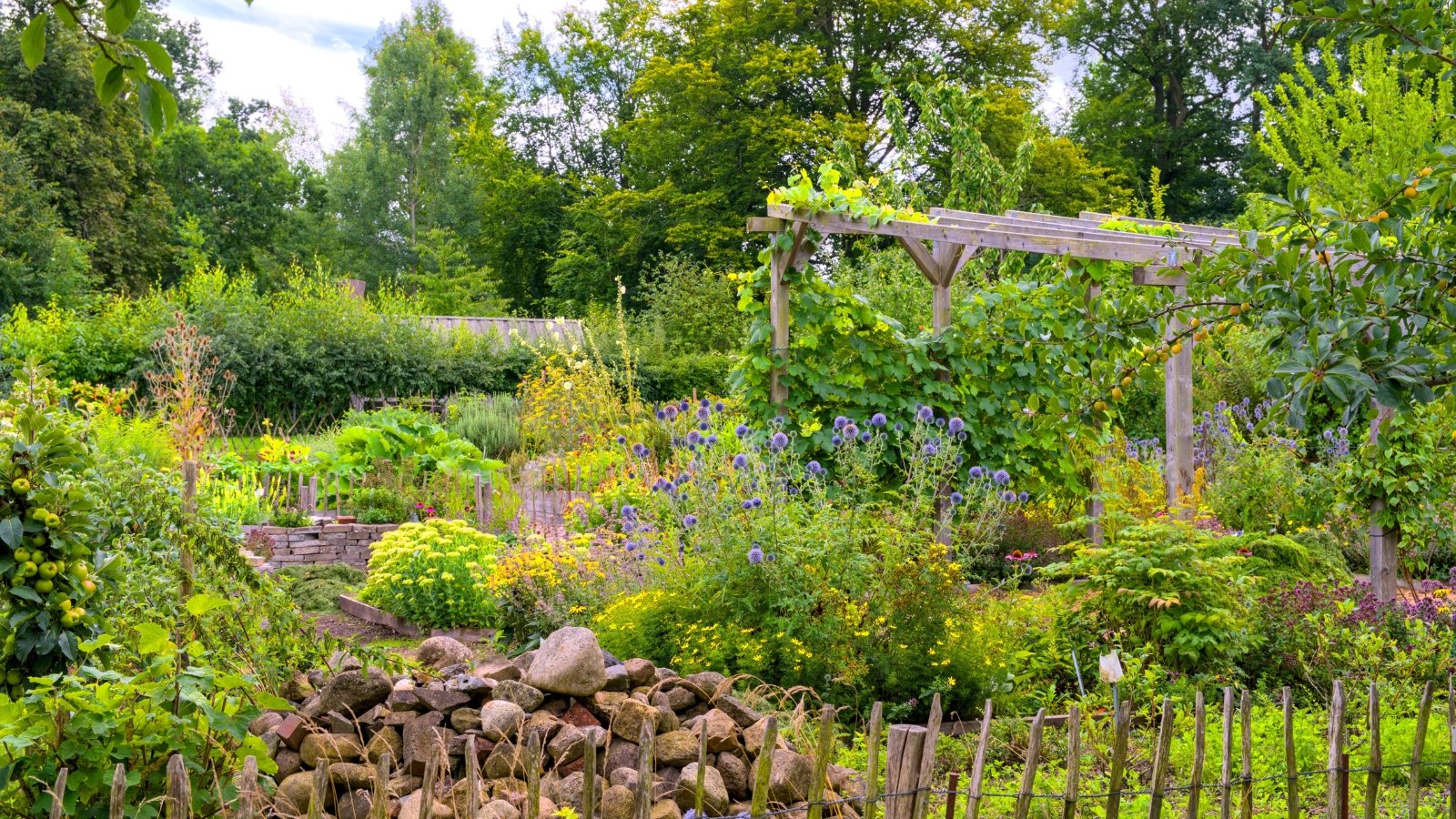

Finally, you can’t forget about the aesthetic benefits. We all want our gardens to be a space of beauty and enjoyment, and you certainly get that with your very own forest right in your backyard.
No matter the size, there is always something unique to look at or a new plant relationship to explore and watch grow. The increased wildlife activity also adds a buzz to your backyard.
How To Build A Food Forest
Once you’ve decided a food forest is for you, there are a few steps to complete before you get to enjoy your harvest, from planning to planting and beyond.
Step 1: Choose Your Location
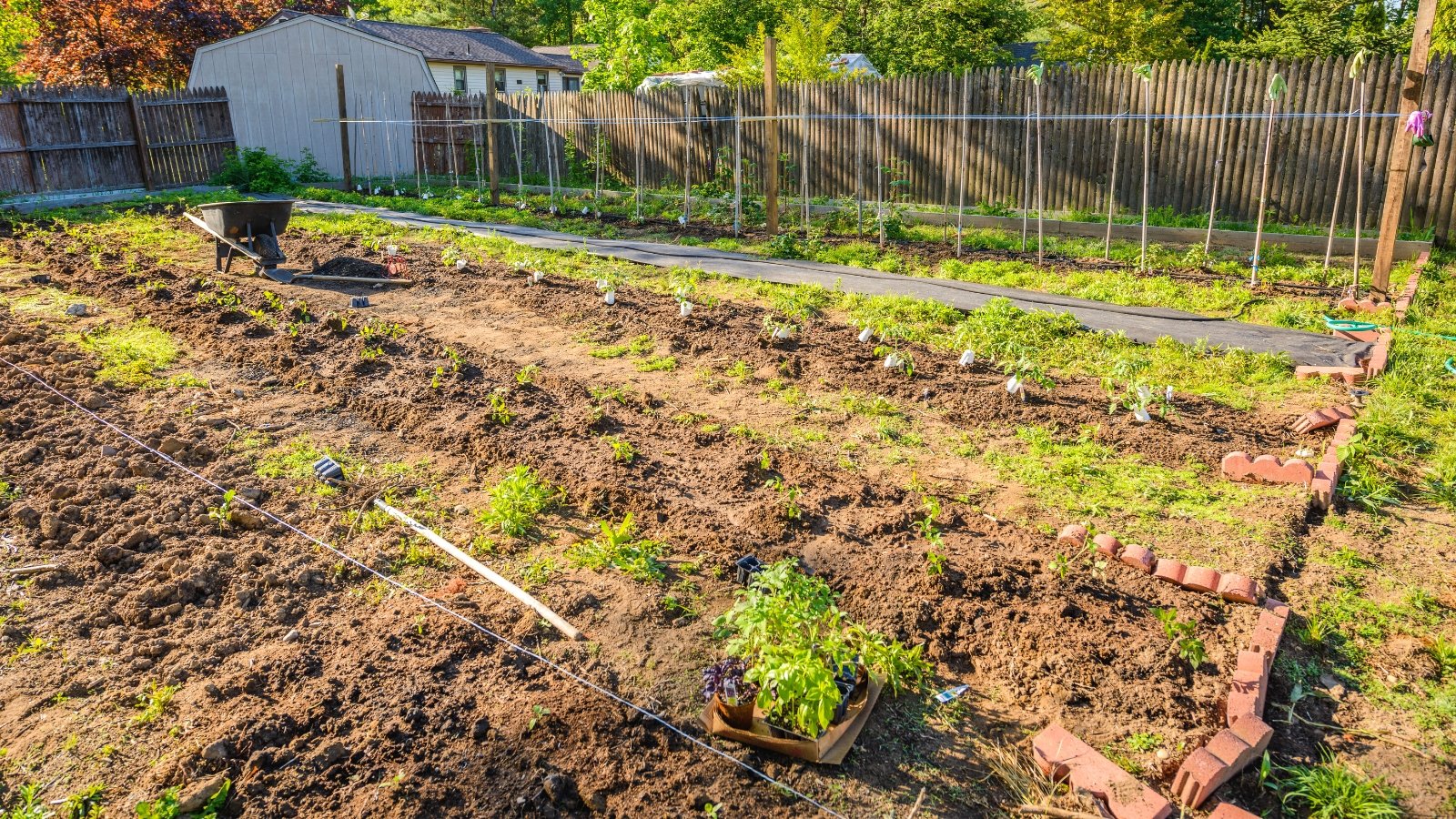

Start by identifying where approximately you would like your food forest to be. Bigger spaces are slightly easier to work with, considering the mature size of the trees, but you can create a mini-forest ecosystem in smaller gardens, too.
Look for a space that gets plenty of sunlight. Also, consider the soil you’re starting with and where water naturally collects in your garden after rain. Aim for a spot that won’t become waterlogged easily to prevent issues with disease.
Step 2: Check Your Soil
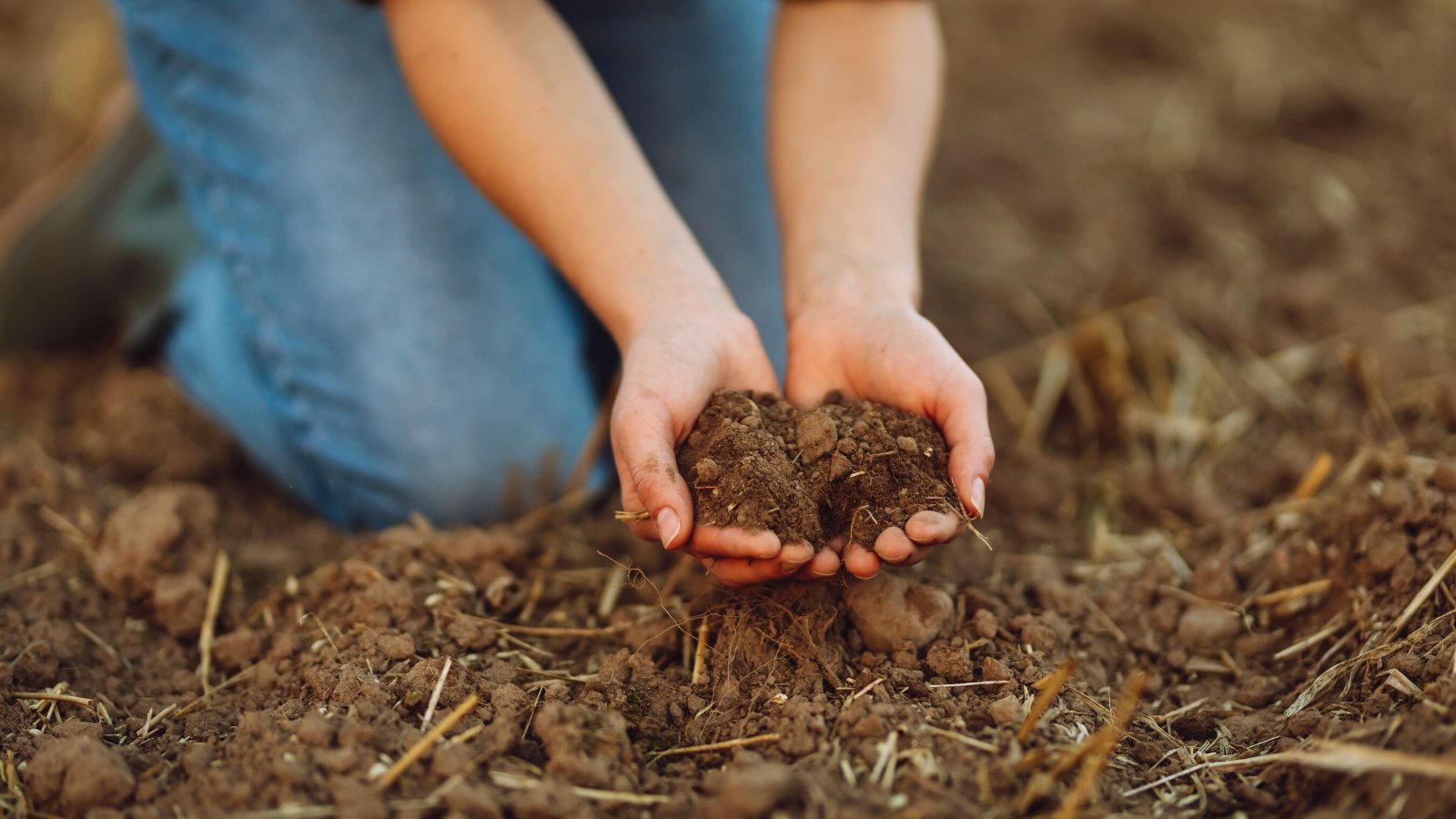

Soil health is vital for a successful food forest. Before you plant anything, take some time to assess your soil’s quality. Forests are known for their nutrient-rich, moisture-retaining soil, and your food forest shouldn’t be any different. Once you know what you’re working with, you can enrich the soil naturally before you start to improve conditions.
Use organic matter like compost or a thick layer of mulch to break down over time, replicating how forests build soil naturally. These amendments help improve soil fertility and structure and encourage beneficial microorganisms that support plant growth. Water the area well after applying mulch to help it break down and integrate into the soil.
Step 3: Choose Your Plants
Now comes the most exciting part—choosing your plants. A typical food forest consists of seven layers, with each one playing a part in creating a diverse and productive garden. All you need to do is choose edible plants suitable for each layer that will appreciate the forest conditions you create.
When selecting plants, I always recommend thinking about what you like to eat first, as you don’t want your produce to go to waste. Also, consider what grows well in your area, as well as produce that will be available throughout the seasons for continuous harvests.
Choosing plants for your food forest involves planning for each of the seven layers. If you’re using a smaller space, you can remove some layers (like the taller canopy trees) as long as you adjust for the effect this will have on the balance of the forest.
Canopy
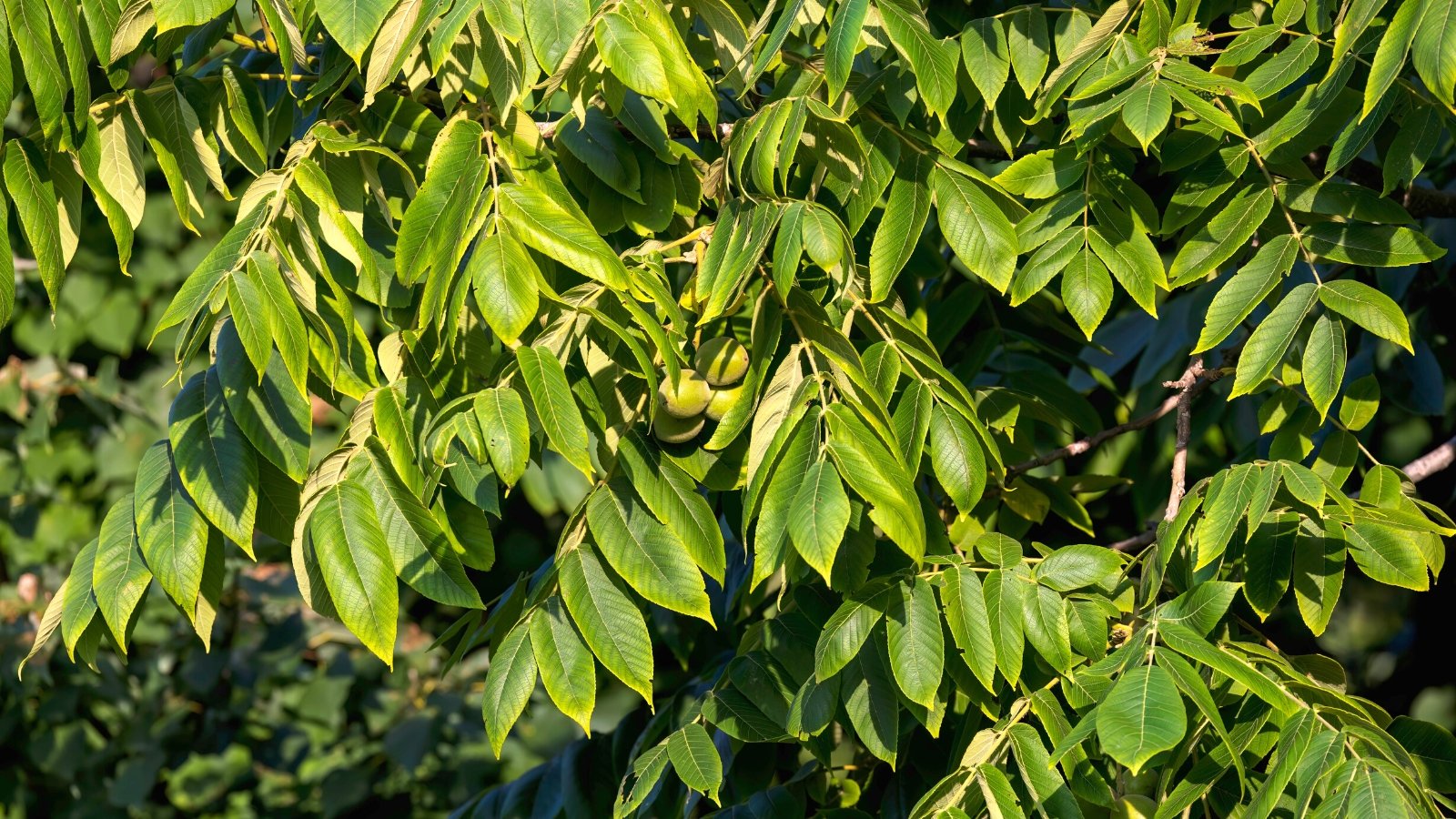

The top layer is made up of the largest trees. These should be primarily nut or fruit trees that can provide shade and structure to your forest. Make sure these trees are well-spaced to allow sunlight to reach the lower layers:
Understory
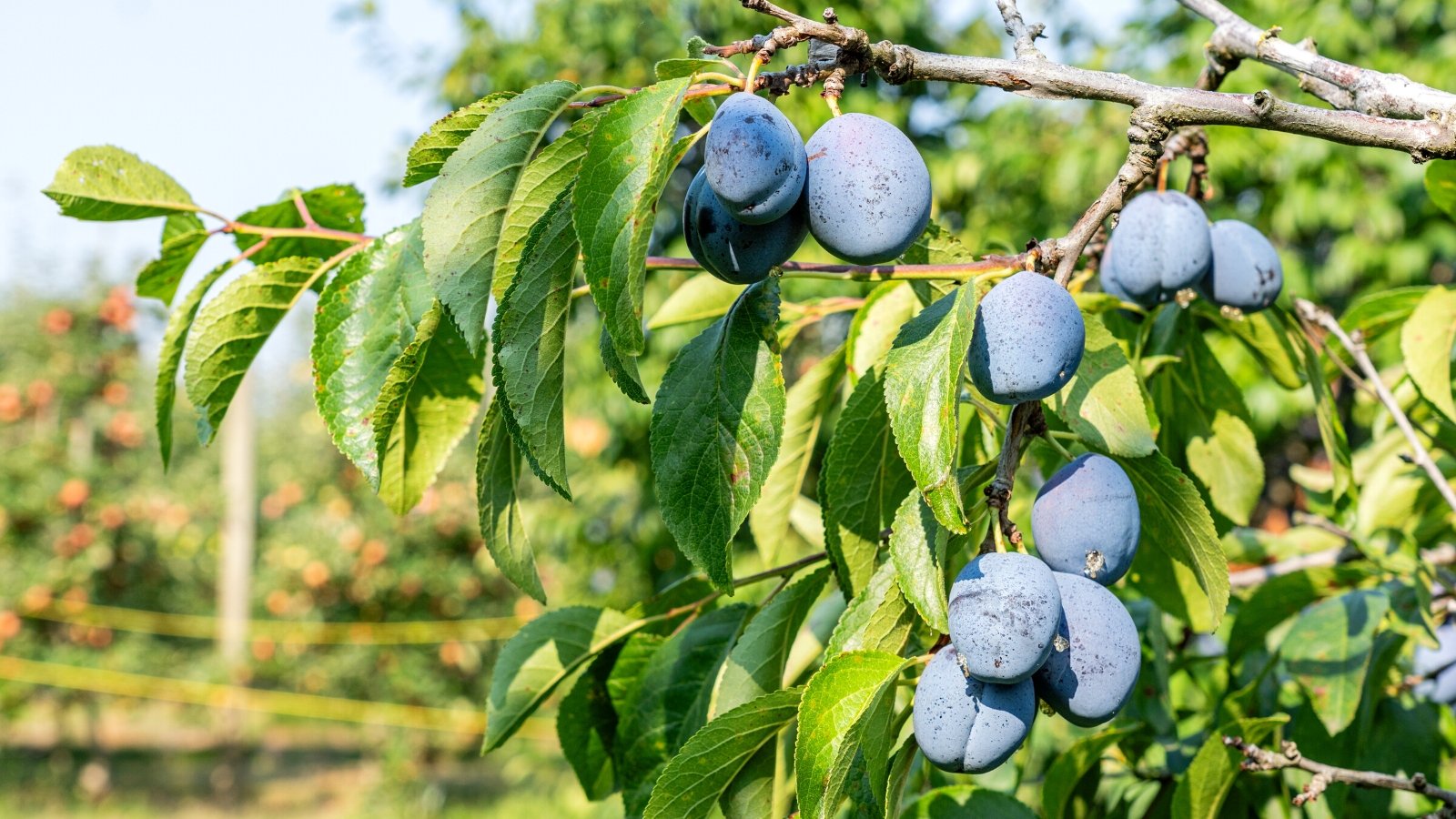

Smaller fruit trees thrive in the partial shade of the canopy layer. These should be planted in gaps so they get enough light while still being protected by the canopy:
- Plums
- Pears
- Apples
- Avocados
Shrubs
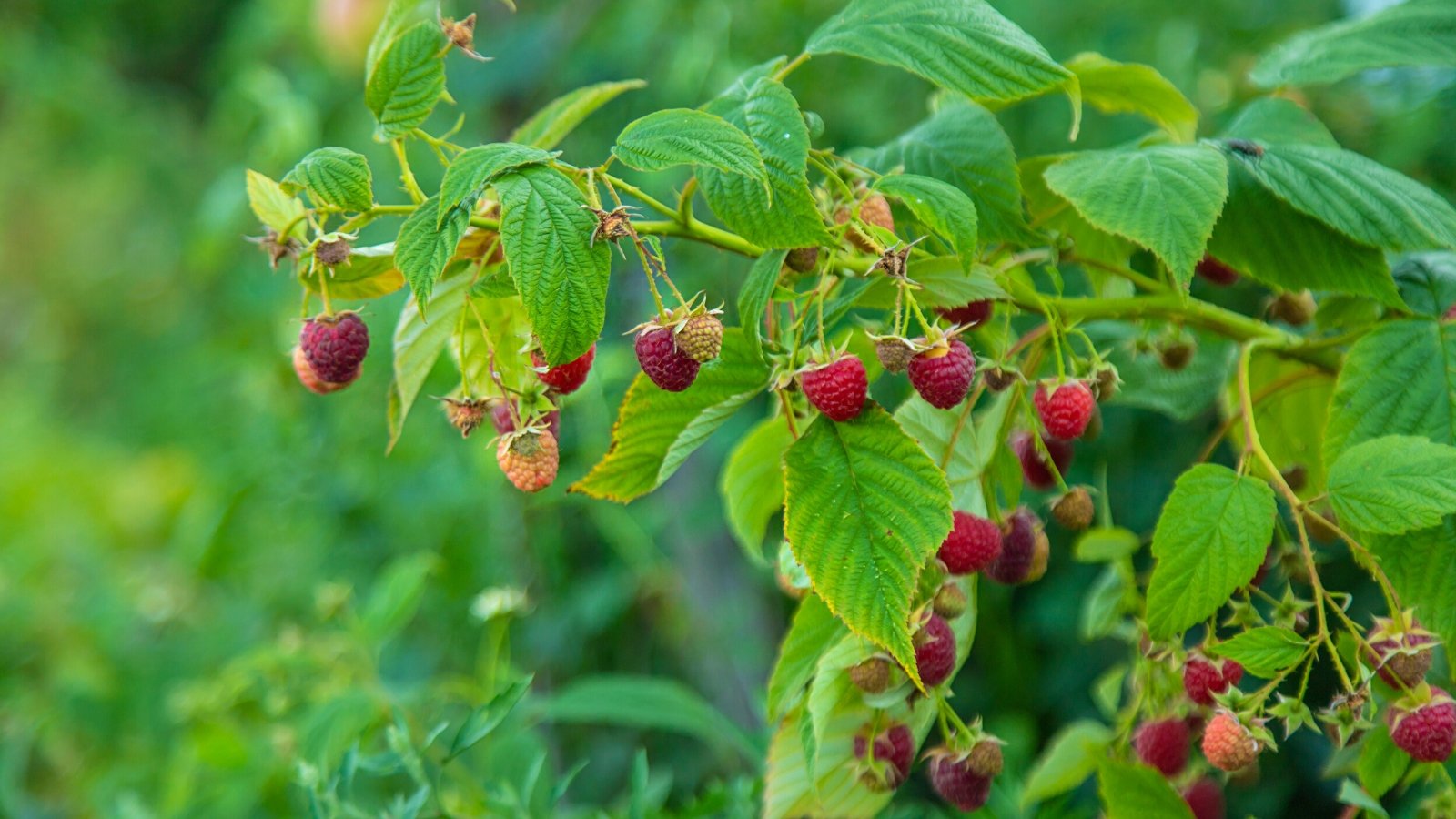

Largely berry bushes and other fruiting shrubs that can tolerate some shade. They provide fruits and attract beneficial insects for pollination.
- Blueberry
- Raspberry
- Elderberry
Herbaceous Plants
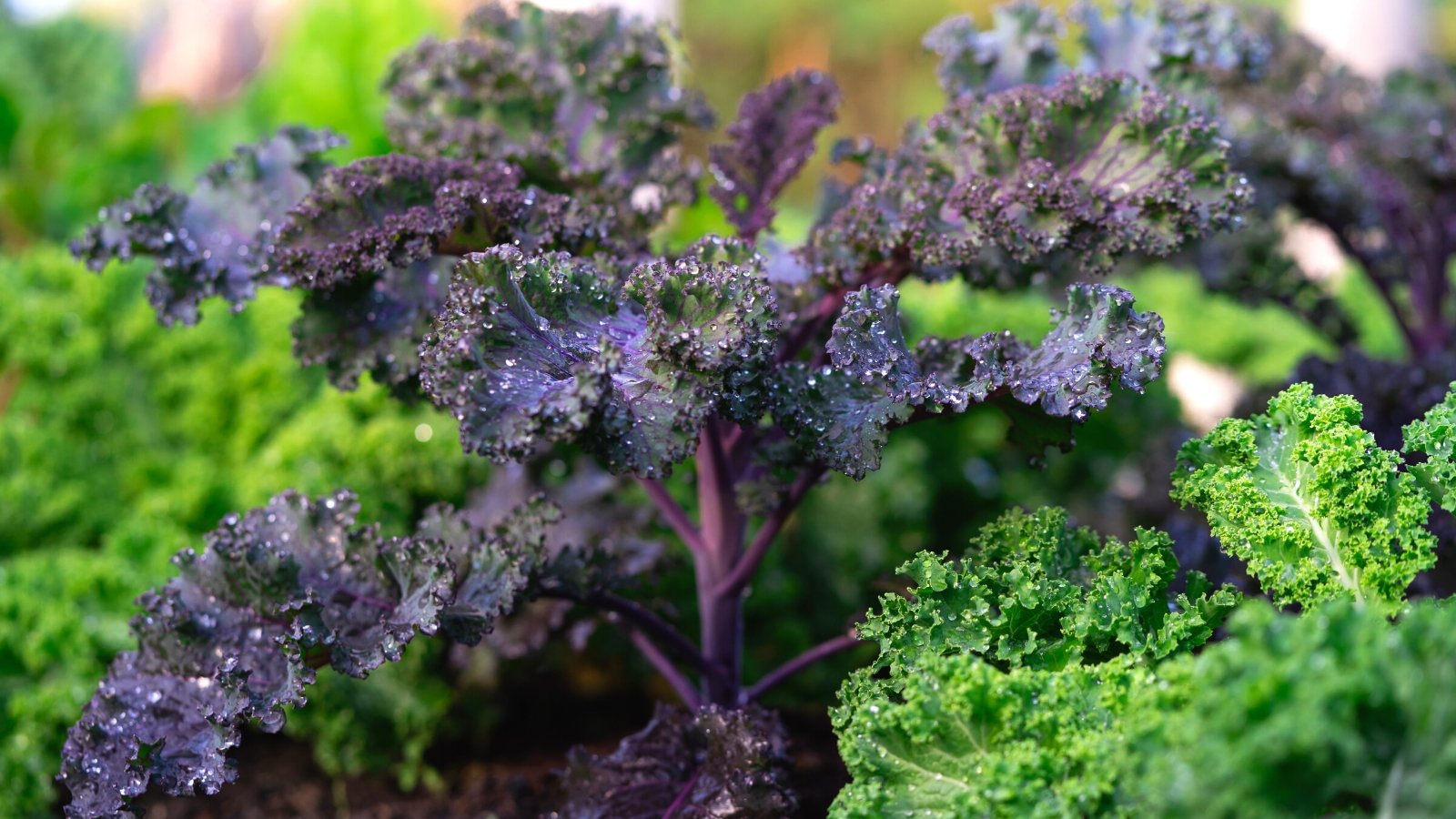

Perennial and annual plants offer a variety of uses. This layer contains most vegetables, as well as plants to help deter pests and improve soil health:
- Kale
- Basil
- Parsley
- Echinacea
Rhizosphere
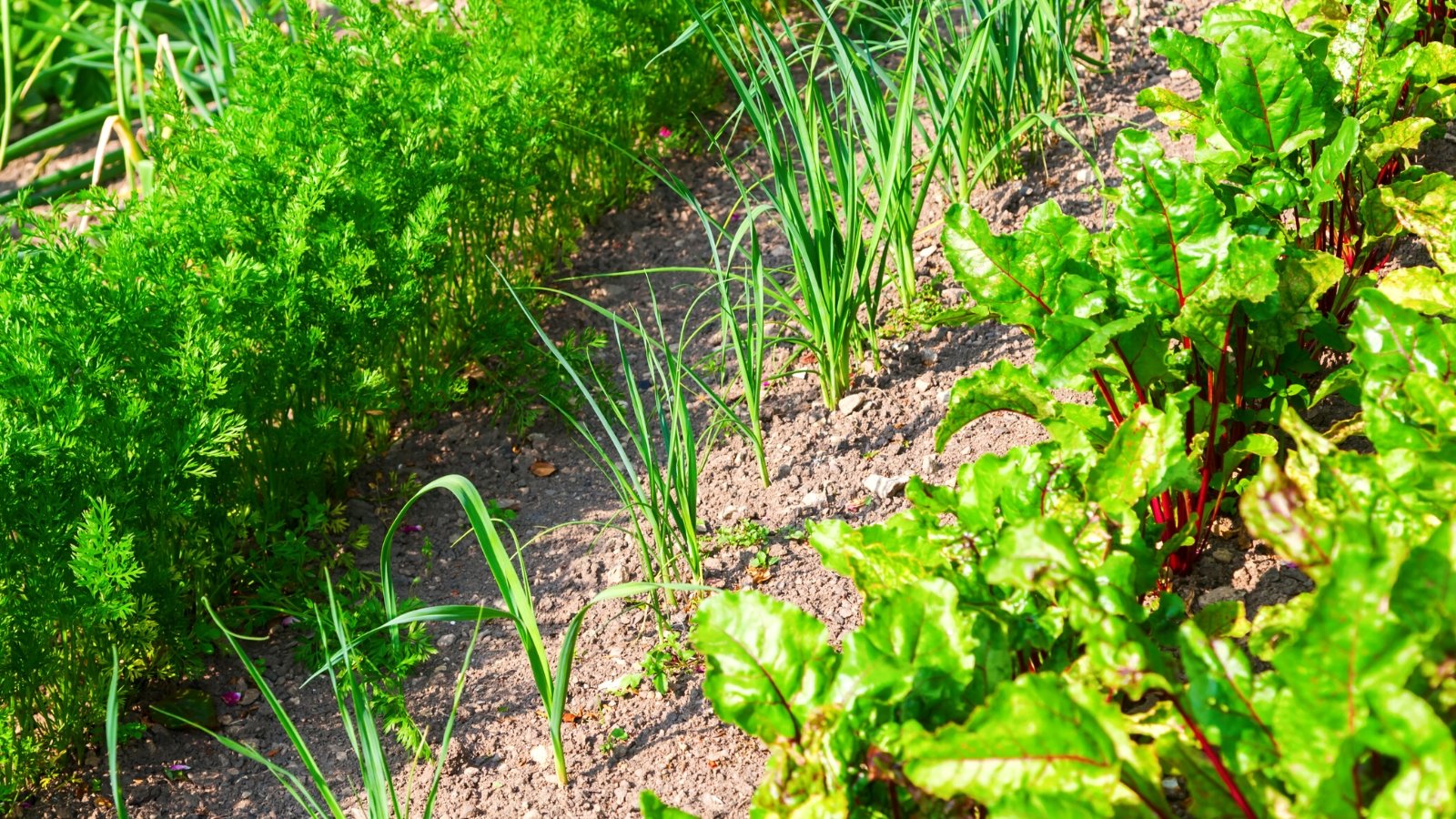

Plants in this layer are grown for their roots, which can break up the soil and help aerate it. These root crops can be harvested without disturbing the system too much:
Ground Covers
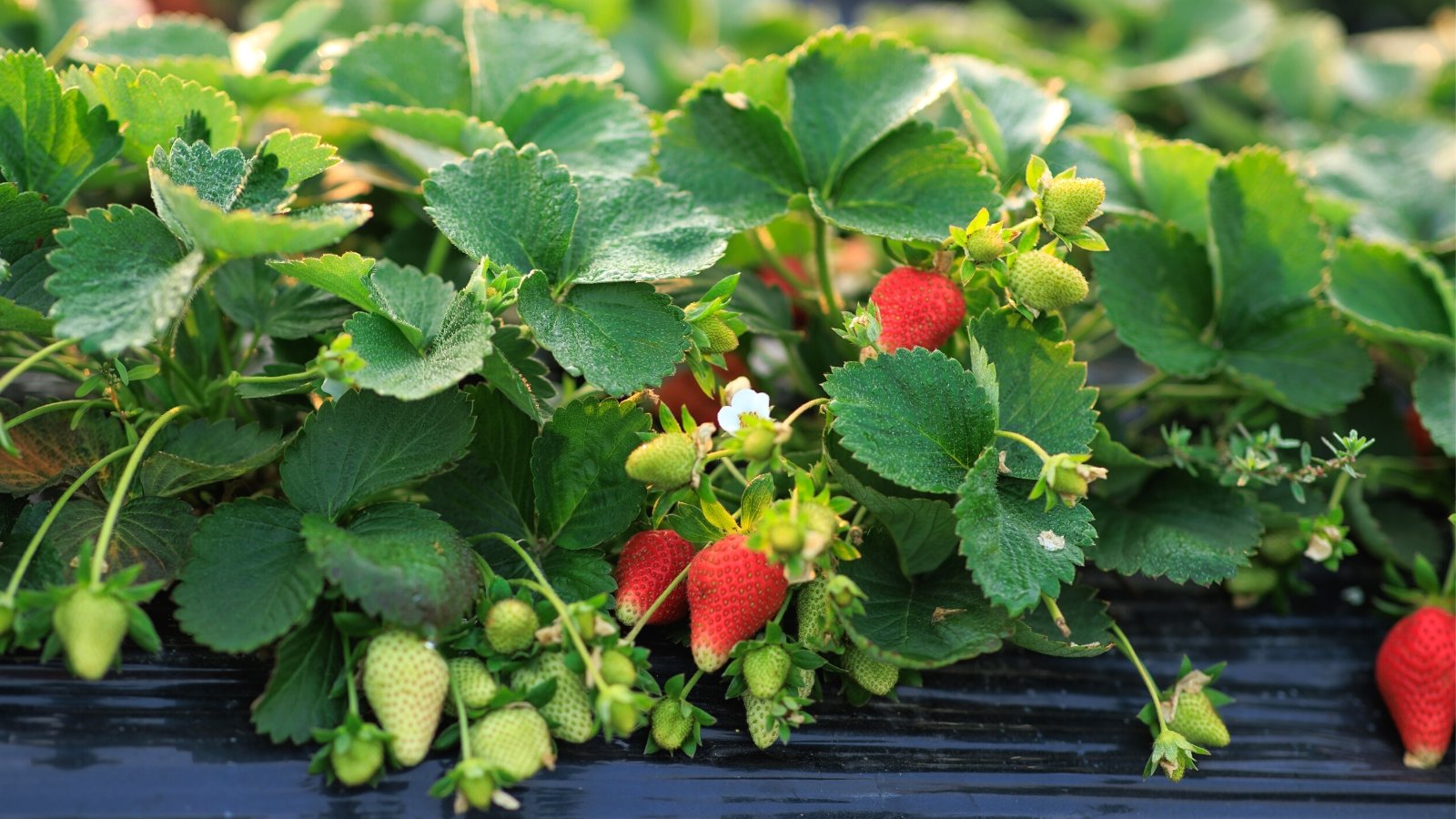

Low-growing plants that spread across the soil, helping to retain moisture and suppress weeds. Ground covers are crucial for keeping the soil healthy and preventing erosion:
Climbers
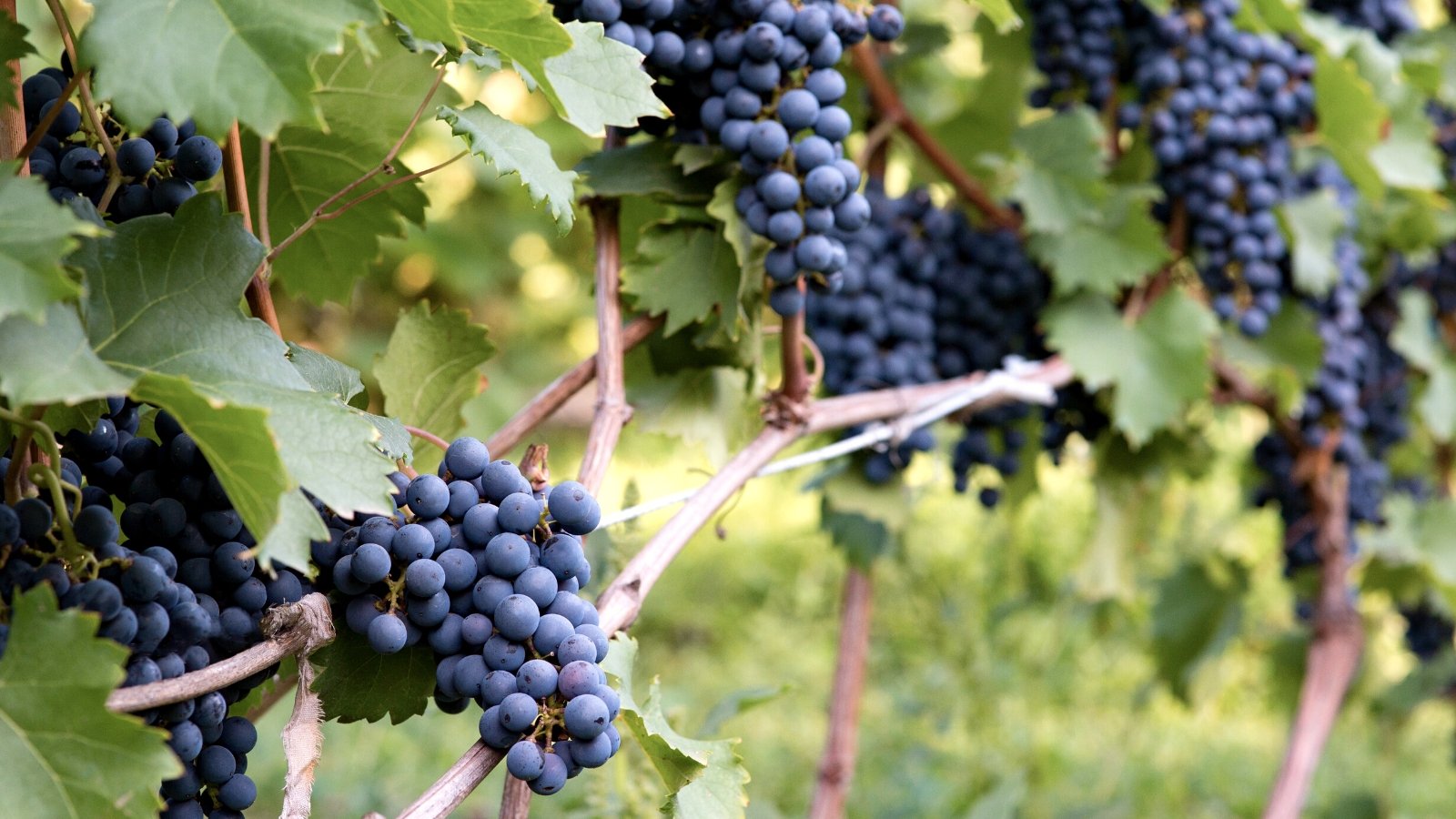

Climbing plants that can grow up trees to utilize vertical space, maximizing the productivity of your forest:
- Passion fruit
- Beans
- Grapes
- Cucumbers
Step 4: Plant In Stages
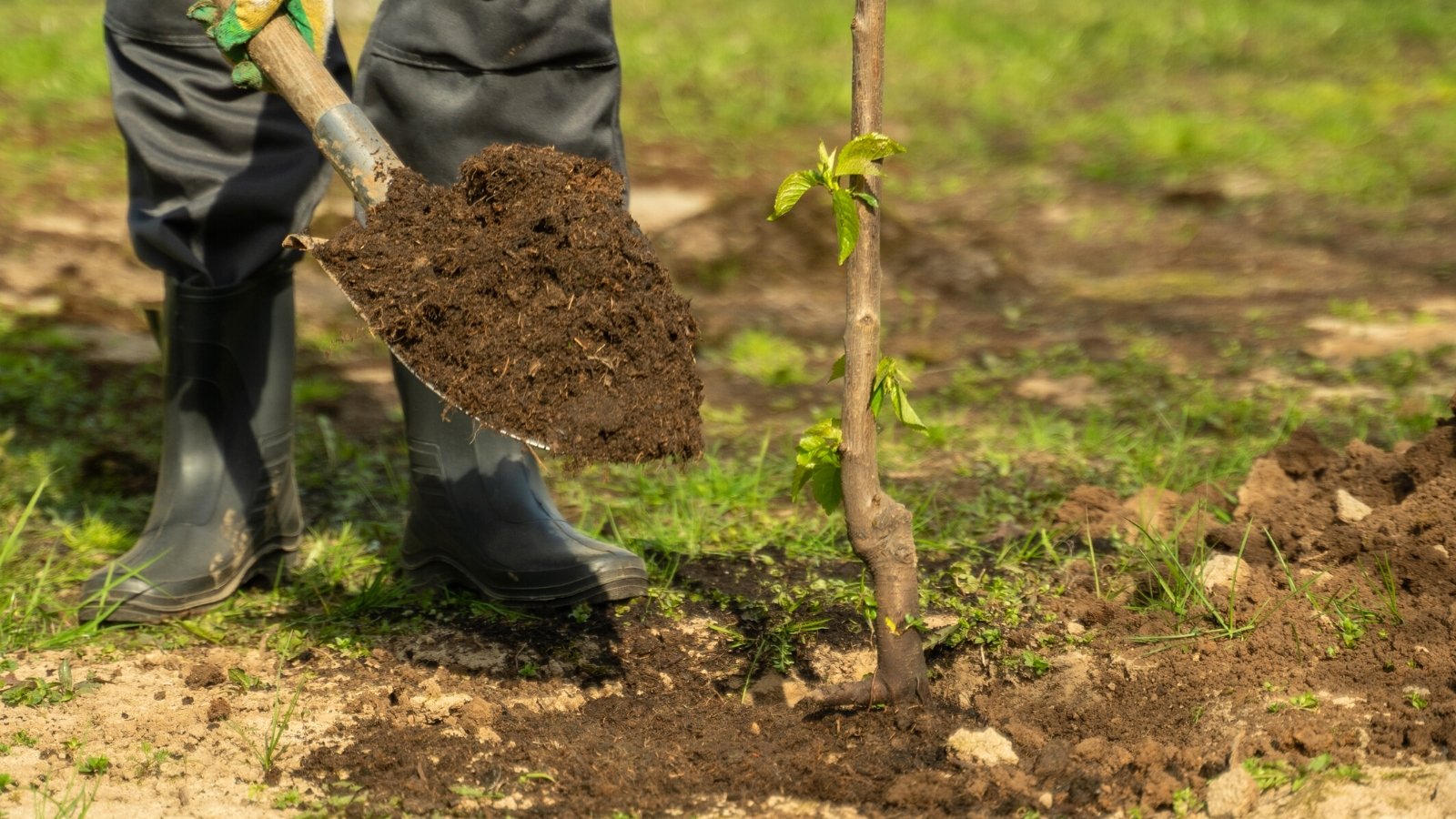

It’s easiest to plant your food forest in stages to give the layers time to establish since they grow at different rates. Start with the larger trees and shrubs, as they’ll form the structure of your forest.
Then, gradually introduce the smaller plants and ground covers. This staggered approach helps reduce competition for sunlight and nutrients, allowing all your plants to thrive.
Step 5: Maintenance


Even though a food forest is designed to be low-maintenance, some attention is needed in the early years to ensure its success:
- Watering: Young plants need regular watering until they’re well-established. As the forest matures, its mulch and canopy will help retain moisture, reducing the need for extra watering from you.
- Mulching: While your forest will eventually create its own natural mulch, you may need to mulch the soil yourself in the first few years. Apply in thick layers to slowly break down into the soil.
- Pruning: Pruning helps manage growth early on, improve air circulation, and increase fruit production. Employ a chop-and-drop approach, leaving any branches you remove where they land to break down naturally.
- Weeding: In the initial stages, you may need to weed around your young plants to reduce competition. As your food forest grows, the need for weeding will decrease as ground cover and mulch suppress weed growth.
- Observation: Regularly walking through your food forest and observing the changes and interactions can provide insights into its productivity. Make adjustments as needed, such as adding more mulch, introducing new plant species, or adjusting plant placements based on growth patterns and sunlight availability.
Final Thoughts
A food forest is not an overnight project. It takes time for the ecosystem to balance and for plants to mature. Be patient and let nature do its work. Your forest will change and evolve, but the time spent waiting will be worth it in the end.




